$ (document).ready(function() { SampleGalleryV2({“containerId”:”embeddedSampleGallery_7760545637″,”galleryId”:”7760545637″,”isEmbeddedWidget”:true,”standalone”:false,”selectedImageIndex”:0,”startInCommentsView”:false,”isMobile”:false}) });
Fujifilm is taking the wraps off the X100F, the fourth generation of its popular enthusiast-focused compact series. It updates the house that the X100 built with a 24.3MP X-Trans III APS-C sensor and X-Processor Pro image processor borrowed from the X-T2.
The number of autofocus points has been increased from 49 to 91, and Fujifilm claims an improved fastest AF acquisition time of 0.08 seconds. Fuji also claims faster overall performance for the X100F, quoting a startup time of 0.5 sec and 0.2 sec shutter release.
Changes can also be seen on the top and rear panels of the camera – notably, an AF joystick makes its first appearance on the X100 series. Other controls have been shifted to the right of the LCD, and up top the shutter speed dial has been modified to include ISO controls. A front control dial has also been added. The hybrid viewfinder has also been updated, and now offers image magnification when using the electronic rangefinder mode.
Other updates include the addition of a C setting on the exposure compensation dial, which enables adjustments using the command dial, expanding the range to +/- 5 stops. ACROS is can now be in the X100F’s roster of film simulation modes, as well. The WCL-X100 wide-angle and TCL-X100 tele-conversion lenses have also been updated to ‘Mark II’ versions. They offer electronic contacts so that the camera will automatically recognize the conversion lenses when they’re attached and apply distortion correction.
The Fujifilm X100F will be available February 16th in black or silver for $ 1299/£1249.
Press release:
FUJIFILM ANNOUNCES NEXT GENERATION X100F FROM THE SERIES THAT STARTED A REVOLUTION
X100F features improved Advanced Hybrid Viewfinder and the latest 24.3MP sensor and processor
Valhalla, N.Y., January 19, 2017 – FUJIFILM North America Corporation today announced the FUJIFILM X100F, the new premium rangefinder style compact digital camera featuring a unique Advanced Hybrid Viewfinder that allows users to switch between an optical viewfinder and electronic viewfinder. The new X100F is the fourth generation release from the series that introduced the first hybrid viewfinder camera for ultimate flexibility, style and premium image quality.
Featuring the latest 24.3MP X-Trans CMOS III APS-C image sensor, high-speed image processing engine and a high-performance FUJINON 23mm F2 lens, the X100F delivers outstanding color reproduction and gradation of tones in both stills and videos, while providing photographers with increased mobility and an unsurpassed user experience.
Advanced Hybrid Viewfinder with Quick Response and Enhanced AF Performance
The FUJIFILM X100F uses an Advanced Hybrid Viewfinder that combines the features of an Optical Viewfinder (OVF) with an Electronic Viewfinder (EVF) for enhanced performance and convenience. While in Electronic Rangefinder mode, users can now change the magnification, shown as EVF in the optical viewfinder, for greater accuracy when checking focus. The small EVF window can display 100% field of view as well as 2.5x and 6x magnifications, and the EVF frame rate has been increased to 60 frames per second.
To provide users with perfect framing and focus while using the Manual Focus mode, the Real Time Parallax Correction function is applied to the focus area in addition to the guide frame. Photographers can also now check exposure and white balance in the EVF window, making it the ultimate viewfinder while providing all the benefits of the EVF while shooting through the OVF.
The new X100F has enhanced AF performance with improvements to basic response time specifications to ensure the camera operates exactly as the photographer intends. Making it perfect for quick snapshots, the X100F has a startup time of approximately 0.5 seconds, a shooting interval of 0.2 seconds, shutter release time lag of 0.01 seconds and AF speeds as fast as 0.08 seconds. The X100F gives users six AF modes including Single Point mode, Zone mode and Wide/Tracking mode for both AF-S for stationary subjects and AF-C for moving subjects.
The number of focus points in the X100F has been dramatically increased to 91 (up to 325 points), up from 49 in previous models, with approximately 40% of the imaging area covered with phase detection to form a fast and precise AF area that can be used in a variety of scenes. By combining these features with a greater ability to autofocus on points of light and low contrast objects, the X100F captures beautiful detail in pictures with fine and delicate textures, helping to reproduce images just as photographers remember.
New ACROS Film Simulation
The Film Simulation function now features ACROS mode for even more artistic photos. Using X-Processor Pro’s advanced processing capability, the mode offers smooth gradation, deep blacks and beautiful textures to create stunning monochrome images. The X100F also features the Grain Effect function for reproducing distinctive graininess seen in photographs taken with film cameras. The function is available in a Strong and Weak setting, and can be combined with any of the Film Simulation modes. Photographers can now easily achieve the creative effect of film-based photos, notable especially when the image is printed out.
Sophisticated Camera Body with Intuitive Control and Superb Feel
To provide photographers with an extraordinary experience, the rear face of the FUJIFILM X100F has been redesigned to concentrate most of the frequently used functions on the right-hand side. This allows users to change camera settings quickly while holding the camera firmly and without having to take an eye off the viewfinder.
The Focus Lever positioned on the rear side of the camera allows users to use joystick-type operations in eight directions to easily select a focus area. The X100F also now features a built-in ISO Dial that is incorporated into the Shutter Speed Dial for further ease of use. This enables the user to easily check ISO and Shutter Speed, in addition to aperture and exposure compensation, from a glance without having to power on the camera. There is also a also features a Focus Lever on the rear of the camera body that to instantly move the focus area, and a completely silent electronic shutter capable of exposures up to 1/32000 seconds. The external surface of the X100F is finished with synthetic leather that provides high durability and excellent resistance to the elements while providing photographers with the benefit of slip resistance and a comfortable hold.
FUJIFILM X100F Key Features:
- 24.3MP APS-C size X-Trans CMOS III sensor
- Advanced Hybrid Viewfinder (OVF / EVF) equipped with an Electronic Rangefinder
- Intelligent Hybrid AF in 0.08 seconds
- Fast start-up time of 0.5 seconds
- Shutter time lag of 0.01 seconds
- Shooting interval of 0.2 seconds
- FUJINON 23mm (35mm in 35mm format Equivalent) F2 lens in 8 glass elements in 6 groups with FUJINON’s proprietary HT-EBC coating
- ND filter equivalent to 3 stops of aperture
- High-definition 1.04M-dot 3” LCD
- NEW ‘ACROS’ film simulation mode
- Focus Peaking function and Digital Split Image display even in the OVF
- Extended full HD Video Recording
- Full HD video can be recorded at 59.94 fps, 50 fps, 29.97 fps, 25 fps, 24 fps and 23.98 fps, and with Film Simulation effects
- Six AF Modes
- Single Point, Zone and Wide/Tracking for both AF-S for stationary, and AF-C for moving subjects
- Intelligent Hybrid AF: switches between Phase Detection AF and Contrast AF according to scene
- Digital Teleconverter function
- Choose angles of view equivalent to 50mm and 70mm in addition to built-in lens’ 35mm
- Advanced Filter Functions
- Pop Color, Toy Camera, Miniature, Dynamic Tone, Partial Color, Soft Focus, High Key and Low Key
- Interval Timer Shooting: available in intervals of one second to 24 hours with no limit on frames, for time lapse photography
- Manual focus available during video recording
- Free FUJIFILM Camera Remote application and Wireless Communication function allows users to remotely shoot images from smartphones and tablets via WiFi
- Photos can be sent to the INSTAX Share Printer using the free INSTAX Share App (iOS and Android) SHARE Smartphone Printer
- Output for Stereo Microphone
- Interval timer shooting (1 second to 24 hours up to 999 frames)
FUJIFILM X100F Accessories:
- Leather Case LC-X100F: user can change the battery and media card while the case is attached to the camera.
- Wide Conversion Lens WCL-X100 II: dedicated wide conversion lens that multiplies the fixed focal length by approximately 0.8x, converting it to 23mm (35mm format equivalent) for capturing broader views when shooting in tight spots or landscapes.
- Tele-Conversion Lens TCL-X100 II: dedicated tele-conversion lens for narrowing the field of view by multiplying the fixed focal length by approximately 1.4x, converting it to 50mm (35mm format equivalent) for shooting portraits or close-up photography from as close as approximately 5.5in / 14cm.
Availability and Pricing
The new FUJIFILM X100F Digital Camera (Black and Silver) will be available in February 2017 in the U.S. and Canada for USD $ 1,299.95 and CAD $ 1,699.99.
Fujifilm X100F specifications
| Price | |
|---|---|
| MSRP | £1249 |
| Body type | |
| Body type | Large sensor compact |
| Body material | Magnesium alloy |
| Sensor | |
| Max resolution | 6000 x 4000 |
| Image ratio w:h | 1:1, 3:2, 16:9 |
| Effective pixels | 24 megapixels |
| Sensor size | APS-C (23.6 x 15.6 mm) |
| Sensor type | CMOS |
| Processor | X-Processor Pro |
| Color space | sRGB, Adobe RGB |
| Color filter array | X-Trans III |
| Image | |
| ISO | Auto, 200-12800 (expands to 100-51200) |
| Boosted ISO (minimum) | 100 |
| Boosted ISO (maximum) | 51200 |
| White balance presets | 7 |
| Custom white balance | Yes |
| Image stabilization | No |
| Uncompressed format | RAW |
| JPEG quality levels | Fine, Normal |
| File format |
|
| Optics & Focus | |
| Focal length (equiv.) | 35 mm |
| Maximum aperture | F2–16 |
| Autofocus |
|
| Autofocus assist lamp | Yes |
| Digital zoom | Yes (Digital Tele-Converter: 50mm, 70mm) |
| Manual focus | Yes |
| Normal focus range | 10 cm (3.94″) |
| Number of focus points | 325 |
| Screen / viewfinder | |
| Articulated LCD | Fixed |
| Screen size | 3″ |
| Screen dots | 1,040,000 |
| Touch screen | No |
| Screen type | TFT LCD |
| Live view | Yes |
| Viewfinder type | Electronic and Optical (tunnel) |
| Viewfinder coverage | 92% |
| Viewfinder magnification | 0.5× |
| Viewfinder resolution | 2,360,000 |
| Photography features | |
| Minimum shutter speed | 4 sec |
| Maximum shutter speed | 1/4000 sec |
| Maximum shutter speed (electronic) | 1/32000 sec |
| Exposure modes |
|
| Built-in flash | Yes |
| Flash range | 4.60 m (at ISO 100) |
| External flash | Yes (hot-shoe) |
| Flash modes | Auto, forced, suppressed, slow synchro, commander |
| Continuous drive | 8.0 fps |
| Self-timer | Yes (2 or 10 sec) |
| Metering modes |
|
| Exposure compensation | ±3 (at 1/3 EV steps) |
| AE Bracketing | ±2 (at 1/3 EV, 2/3 EV, 1 EV steps) |
| WB Bracketing | Yes |
| Videography features | |
| Resolutions | 1920 x 1080 (60p, 50p, 30p, 25p, 24p) |
| Format | H.264 |
| Modes |
|
| Microphone | Stereo |
| Speaker | Mono |
| Storage | |
| Storage types | SD/SDHC/SDXC |
| Connectivity | |
| USB | USB 2.0 (480 Mbit/sec) |
| HDMI | Yes (micro-HDMI) |
| Microphone port | Yes |
| Headphone port | No |
| Wireless | Built-In |
| Wireless notes | 802.11b/g/n with smartphone control |
| Remote control | Yes (via cable release or smartphone) |
| Physical | |
| Environmentally sealed | No |
| Battery | Battery Pack |
| Battery description | Lithium-Ion W126S rechargeable battery & charger |
| Battery Life (CIPA) | 390 |
| Weight (inc. batteries) | 469 g (1.03 lb / 16.54 oz) |
| Dimensions | 127 x 75 x 52 mm (5 x 2.95 x 2.05″) |
| Other features | |
| Orientation sensor | Yes |
| Timelapse recording | Yes |
| GPS | None |
Articles: Digital Photography Review (dpreview.com)

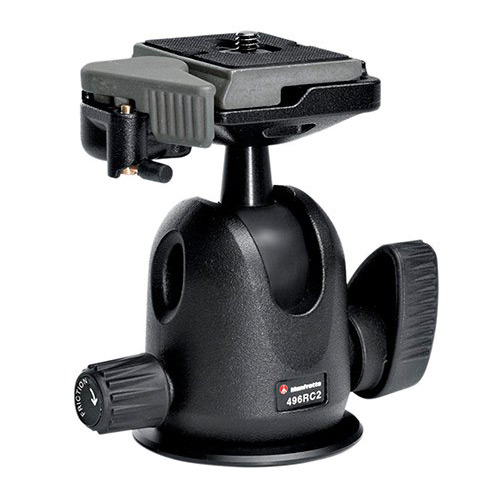

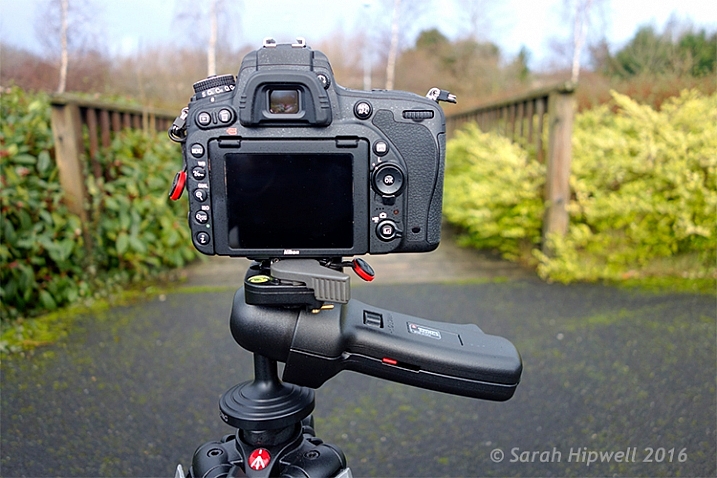
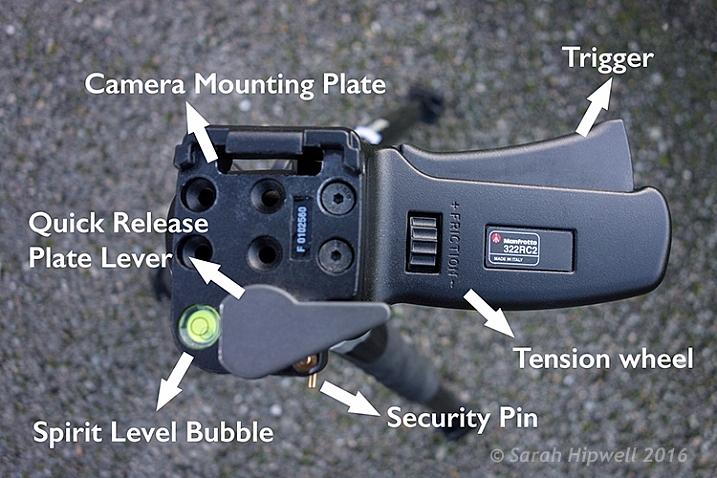
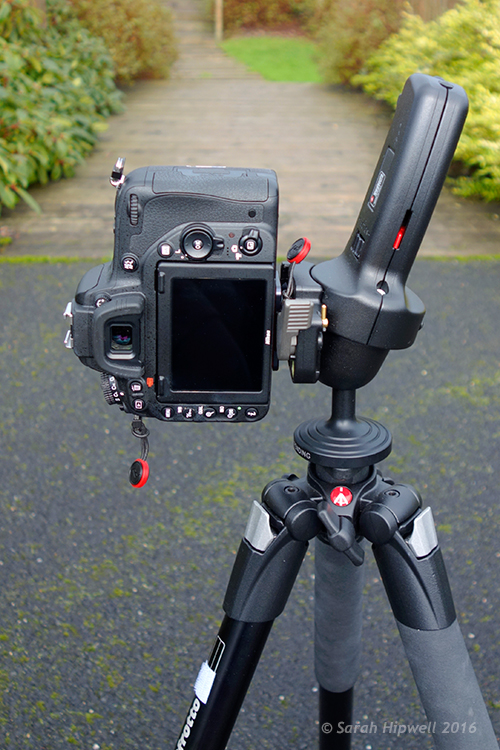

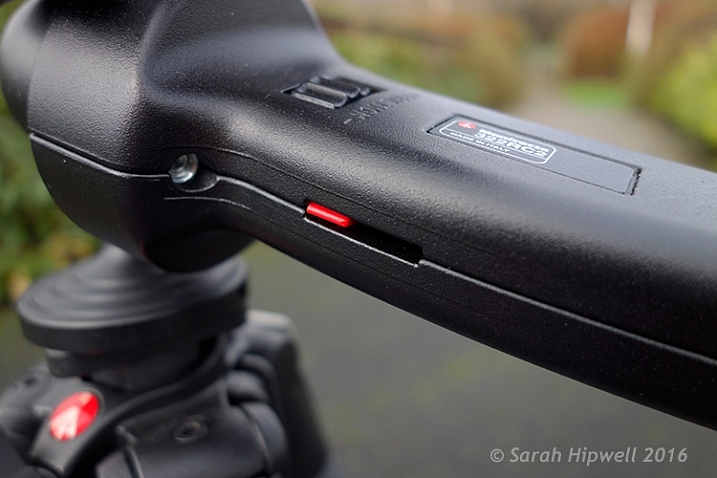
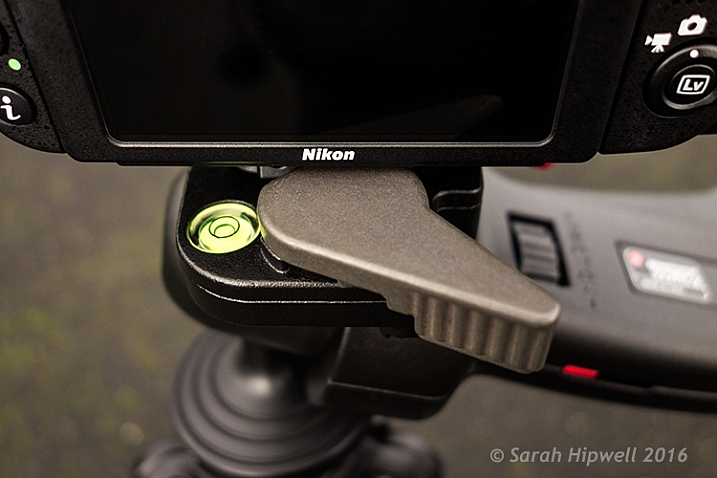

You must be logged in to post a comment.